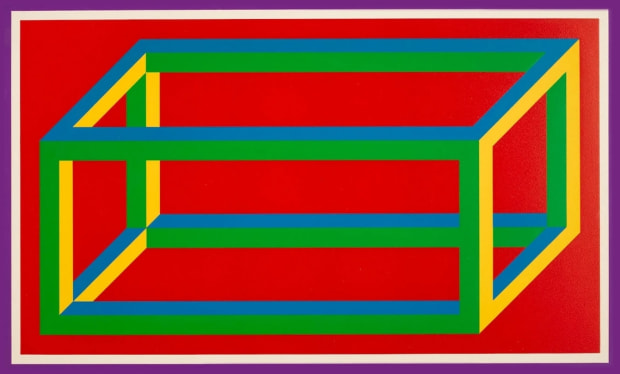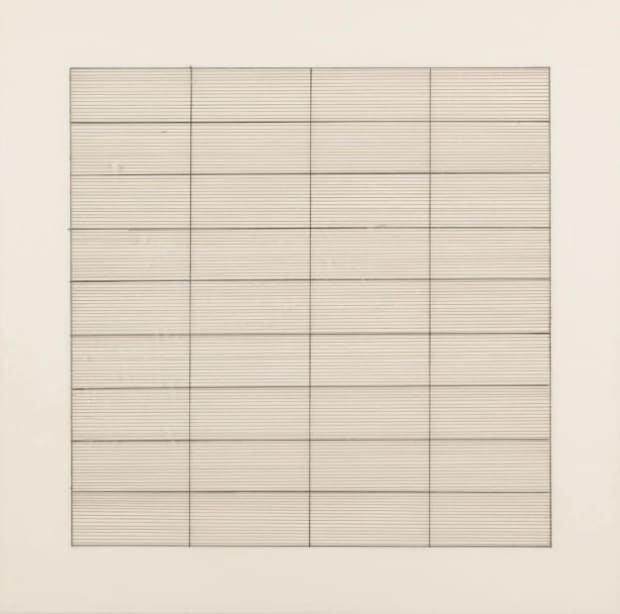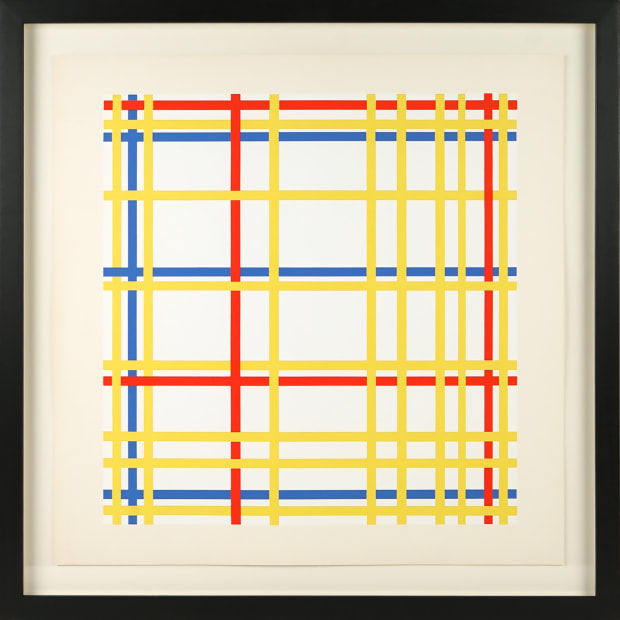-

-
Many artists sought to use artistic expression as a tool to give new meaning and a sense of purpose to the architecture of modern life - not only that of buildings and infrastructure, but the architectural structure of the image itself.We’re exploring some of the artworks that define this search for a logical system in which to live, whether they be images of the city itself, works created by artists who were also architects, or images inspired by the implications of a self-sustaining structure.
-

-

-

-

-
-
-
Browse Our Collections...
Subscribe to receive our weekly newsletter.
Be the first to know about new artwork, exhibitions, events and offers.
* denotes required fields
Sign up now to get exclusive early access to new inventory before it hits our website. As a subscriber, you'll also receive advance notice about upcoming art fairs, events, and special offers. You can read our privacy policy here.













